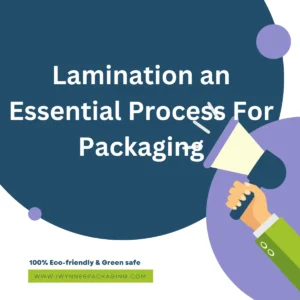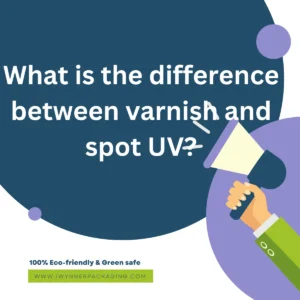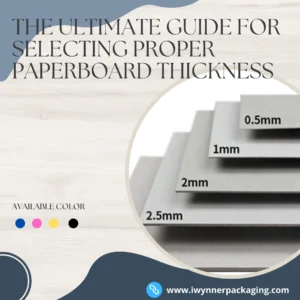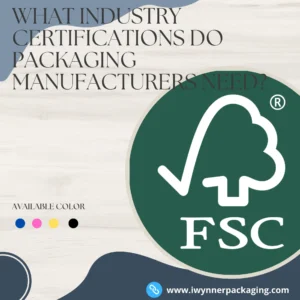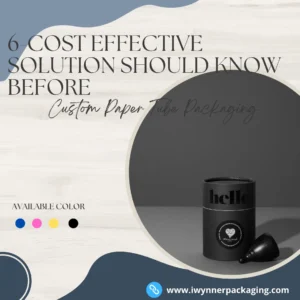Definition: Overview of the benefits of custom packaging
Custom packaging is becoming increasingly popular in today’s market and for several reasons. Firstly, it helps to create a strong brand identity and helps differentiate a business from its competitors. Custom packaging also provides businesses with the opportunity to showcase their products more effectively, which can increase customer engagement and lead to more sales.
Additionally, custom packaging also adds value to the product, and customers are willing to pay more for a product that comes with unique and attractive packaging. It also provides an excellent opportunity for businesses to get creative with their packaging design, which can help to enhance brand recognition and customer loyalty.
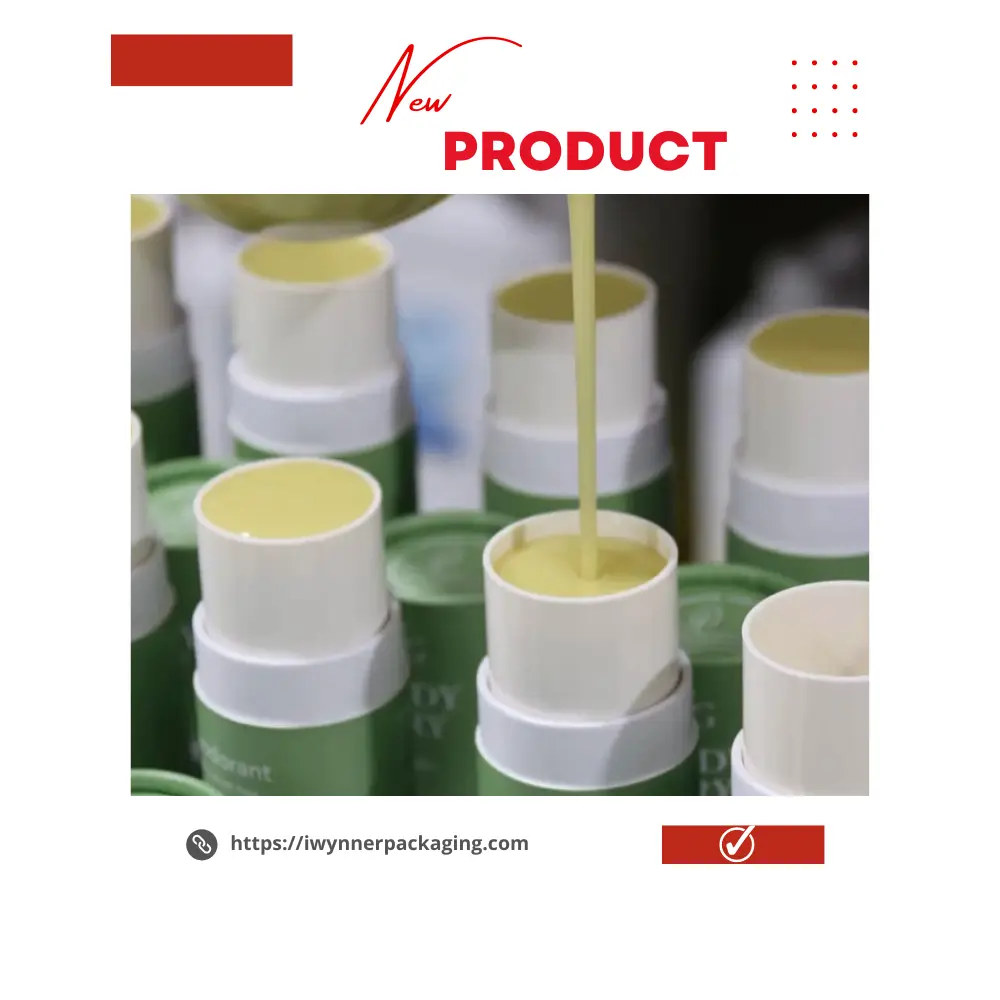
In summary, customized packaging is essential in today’s business world, and it offers many benefits that can significantly impact a business’s bottom line. If you have any questions or want further information, please let me know, and I will gladly help!
What Benefits of Custom Packaging
- Protection: Custom packaging is designed specifically to protect and preserve the product during transportation and storage. This includes ensuring that the product fits snugly in its packaging, providing cushioning, and using appropriate materials that can withstand various conditions.
- Branding: Custom packaging provides businesses with the opportunity to create a unique and attractive brand identity. This includes using eye-catching graphics, colors, and typography that align with the business’s branding strategy. Custom packaging also helps businesses stand out from competitors, and it can help to increase brand recognition and customer loyalty.
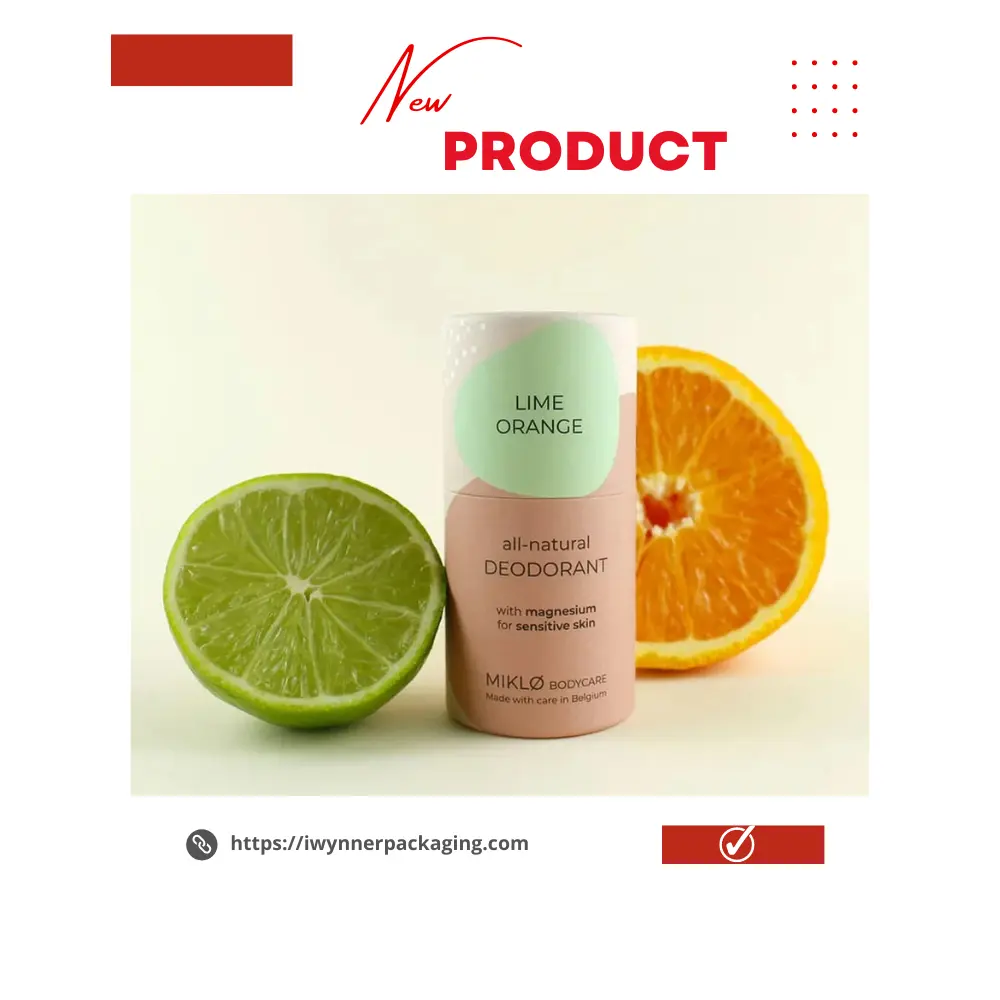
- Sustainability: Custom packaging can also contribute to a business’s sustainability efforts. Businesses can use sustainable materials such as biodegradable or recyclable materials, reduce waste by eliminating unnecessary packaging materials, and consider the entire supply chain’s environmental impact which can help to reduce a business’s carbon footprint.
- Cost-effectiveness: Custom packaging can be cost-effective by eliminating the need for overpackaging, reducing the potential for damaged products, and minimizing transport costs by using the optimal packaging size.
- Flexibility: Custom packaging provides flexibility in terms of design, size, and shape. This means businesses can cater their packaging to the specific needs of their products and customers, resulting in a high level of customer satisfaction.

Custom packaging provides businesses with numerous benefits, ranging from brand recognition to sustainable practices. By investing in custom packaging tailored to the business’s unique needs and customer demands, businesses can stay ahead of the competition while promoting their brand positively.
The Four Rules of Product Packaging
- Protection: The primary function of product packaging is to protect the product during transportation, storage, and use. The packaging should keep the product safe from environmental factors such as moisture, light, temperature, or pressure. Packaging should also provide cushioning and prevent damage during transportation or handling.
- Information: Packaging should be informative and provide the necessary information, ranging from product details to the ingredients, expiry date, usage instructions or warnings of potential hazards. This information can be visible and easy to find, ensuring customers can make informed decisions about the product.
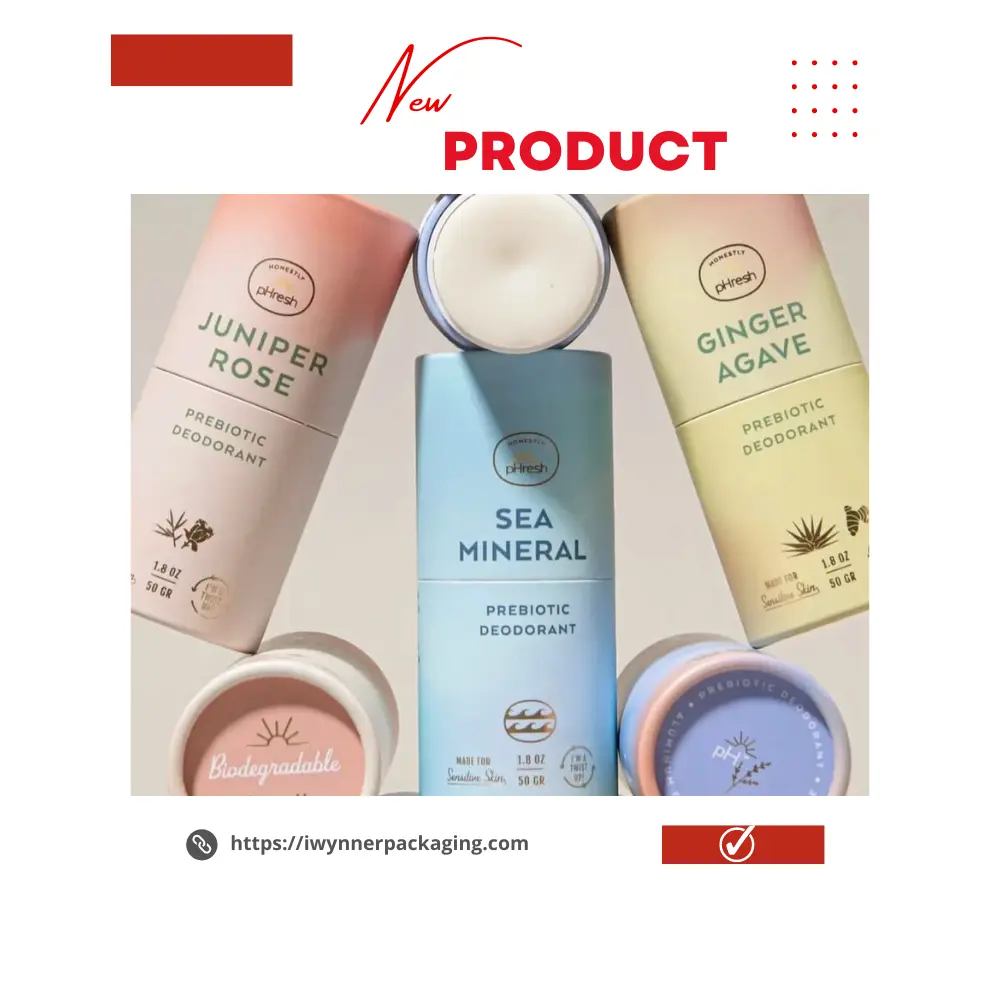
- Convenience: Convenience is essential in today’s fast-paced world. The packaging should be easy to open, store, and use. This should include easy-to-understand instructions, ergonomic design, or convenient packaging sizes that cater to various customer requirements.
- Branding: Packaging also plays a vital role in establishing a brand identity. The packaging should be consistent with the overall brand image, including the use of brand colors and logos. This ensures that customers can quickly identify the product and create brand recall.
By following these four rules of product packaging, businesses can enhance customer satisfaction, improve the brand’s image, and reduce the business’s risk of product damage or return.
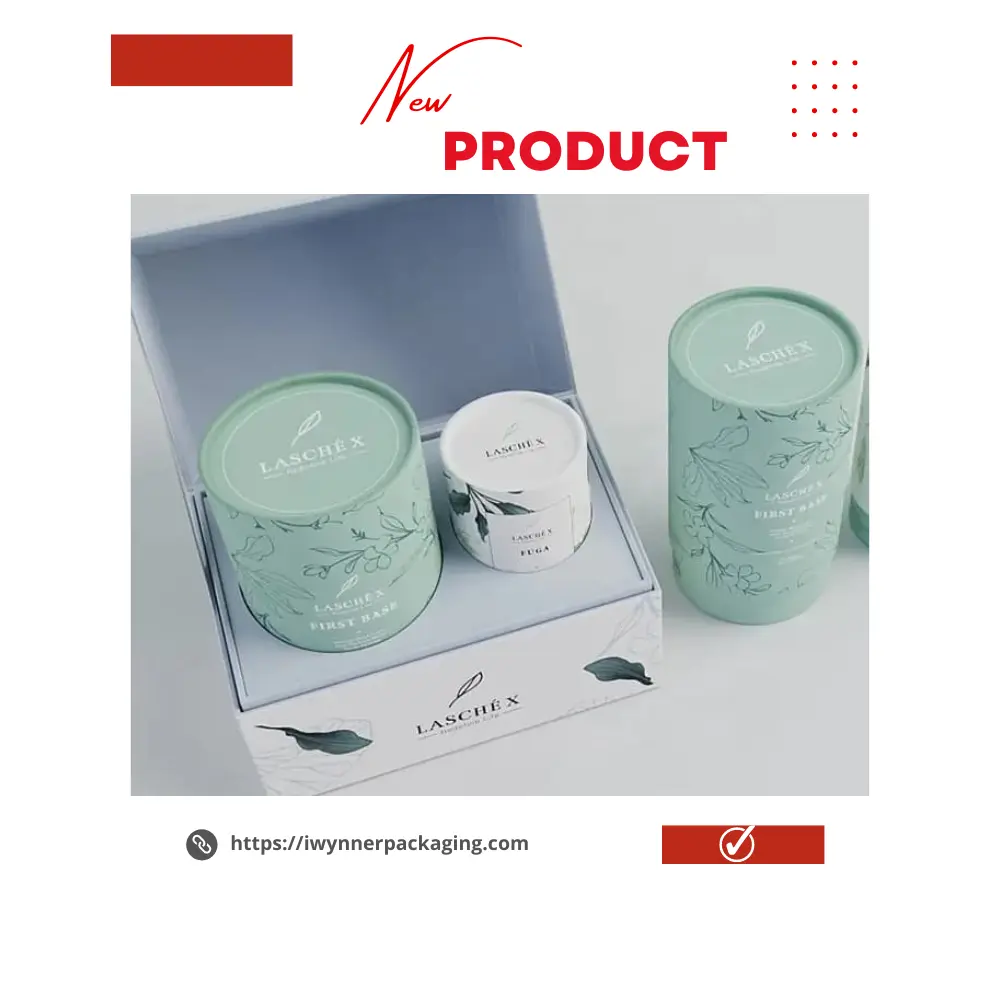
Standard vs. Customized Packaging
Standard packaging refers to readily available and pre-manufactured packaging options that are widely used and easily accessible. Customized packaging, on the other hand, refers to packaging that has been specifically designed and created for a specific product or business.
Standard packaging is readily available and may be a cost-effective solution for businesses with a limited budget or smaller production volume. These options may include pre-made boxes, envelopes, or bags of various sizes and materials.
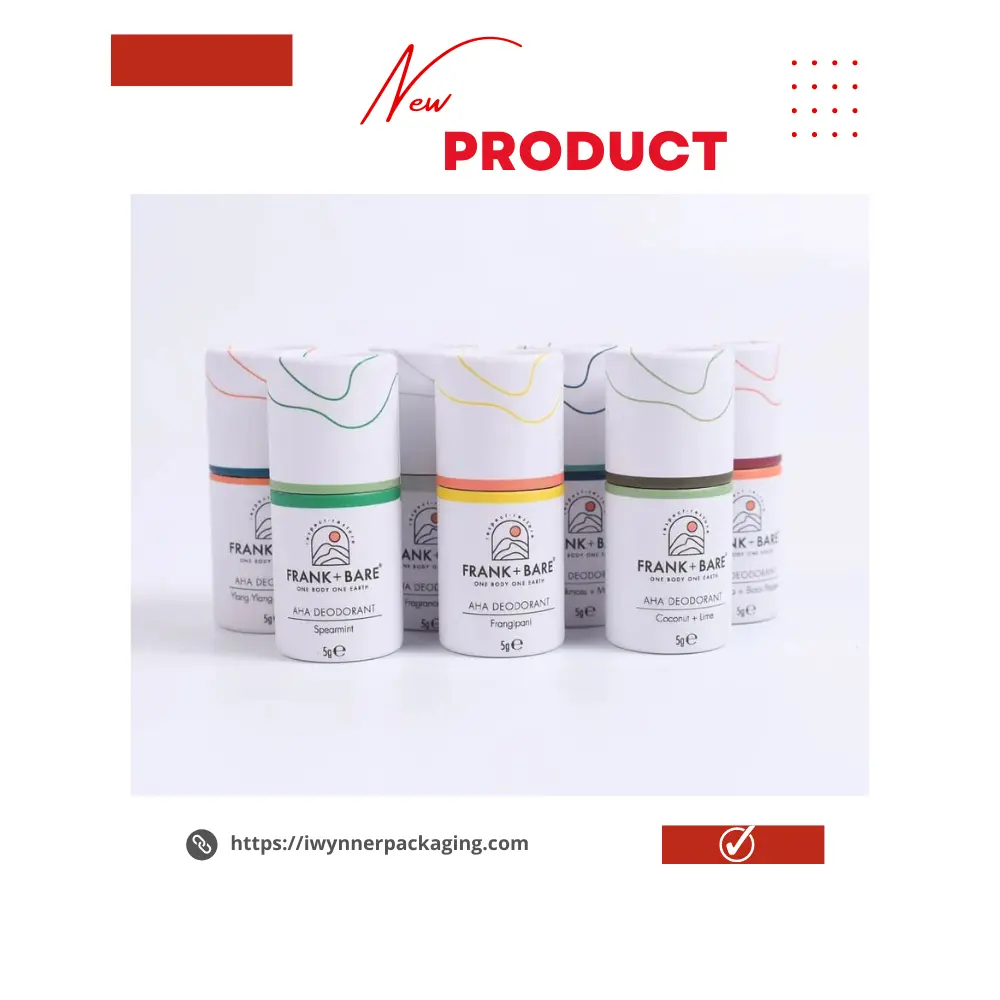
However, customized packaging provides a unique look and feel to the product and can help set a business apart from its competitors. Customized packaging can align with a brand’s identity, values, and marketing strategy and better resonate with customers. For instance, it can be made with sustainable materials, have specific messaging to communicate its unique value proposition, or size in a way that best fits the product.
Overall, customized packaging can help improve a business’s brand perception and potentially build more customer loyalty. However, it can also be more expensive and may require a more significant investment in production and design. In contrast, standard packaging may be a cost-effective solution but may not offer the same level of uniqueness that a custom pack might provide.
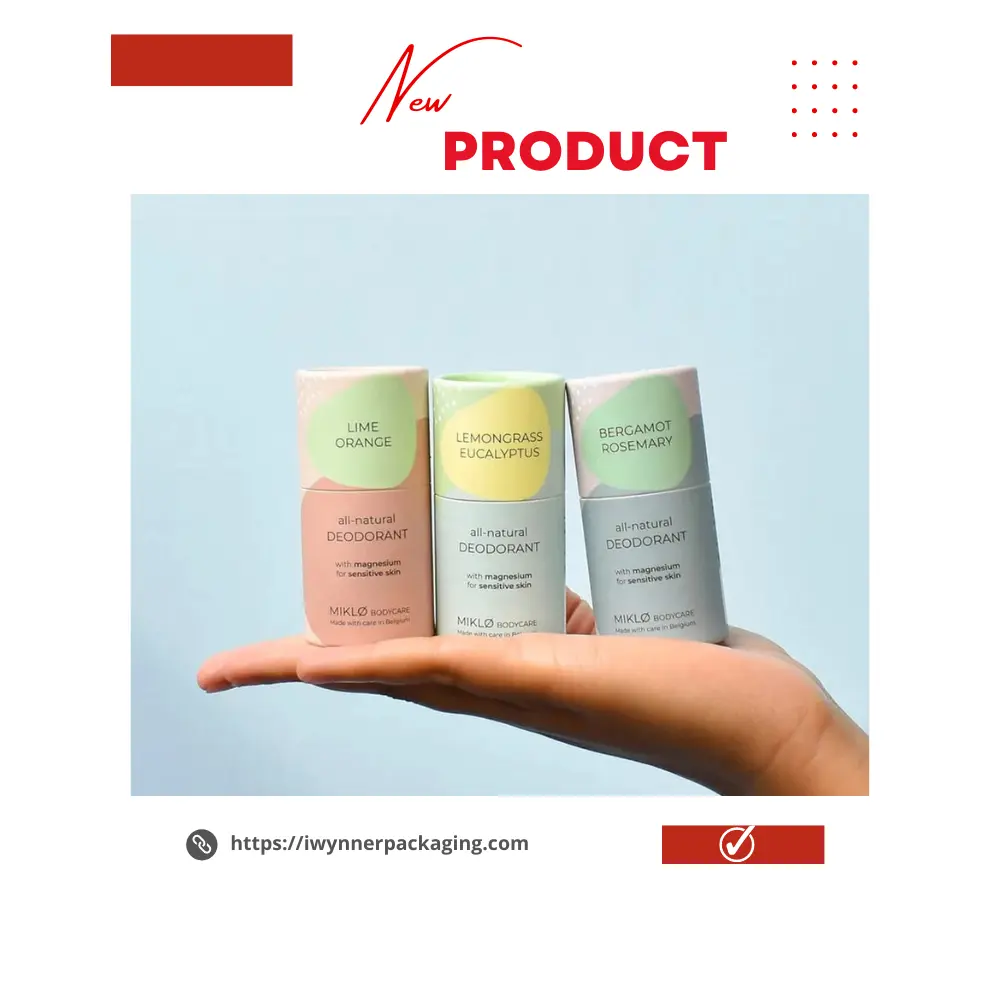
Ultimately, the choice between standard versus custom-made packaging depends on the business’s budget, brand perception, product needs and goals, and customer expectations.
Pros and cons compare
Here’s an overview of the definition, pros, and cons of standard and customized packaging:
Standard Packaging: Definition: Standard packaging is readily available and manufactured packaging is generally available in standard sizes, materials, and designs.
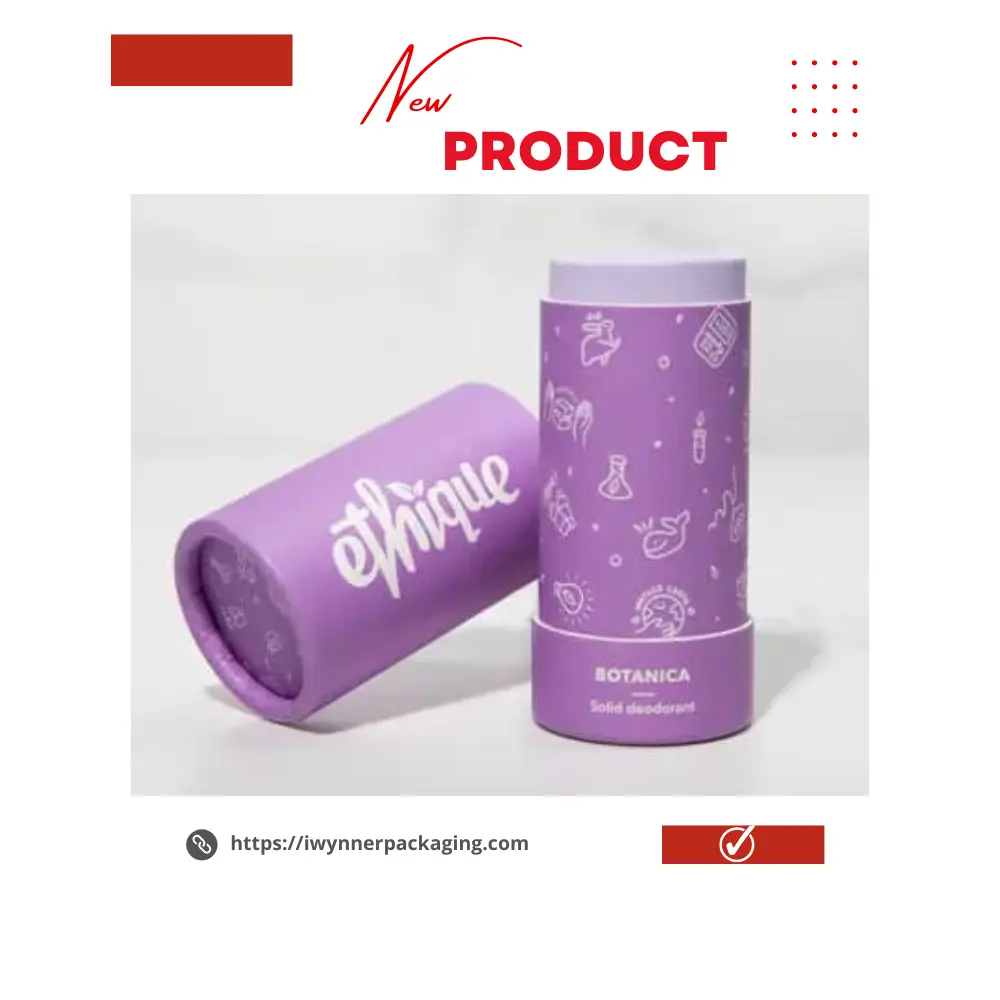
Pros:
Standard packaging is usually readily available and can be a cost-effective option for businesses with small budgets.
It saves time as there is no need to go through the entire process of design, testing, and production.
Standard packaging can be reliable and suitable for general products where specific details are not critical
Cons:
Standard packaging may not be exactly fit for the product, and may not always fully protect it during storage or transportation.
Standard packaging may not align well with a business’s branding strategy, and the brand may look unexciting or uninteresting.
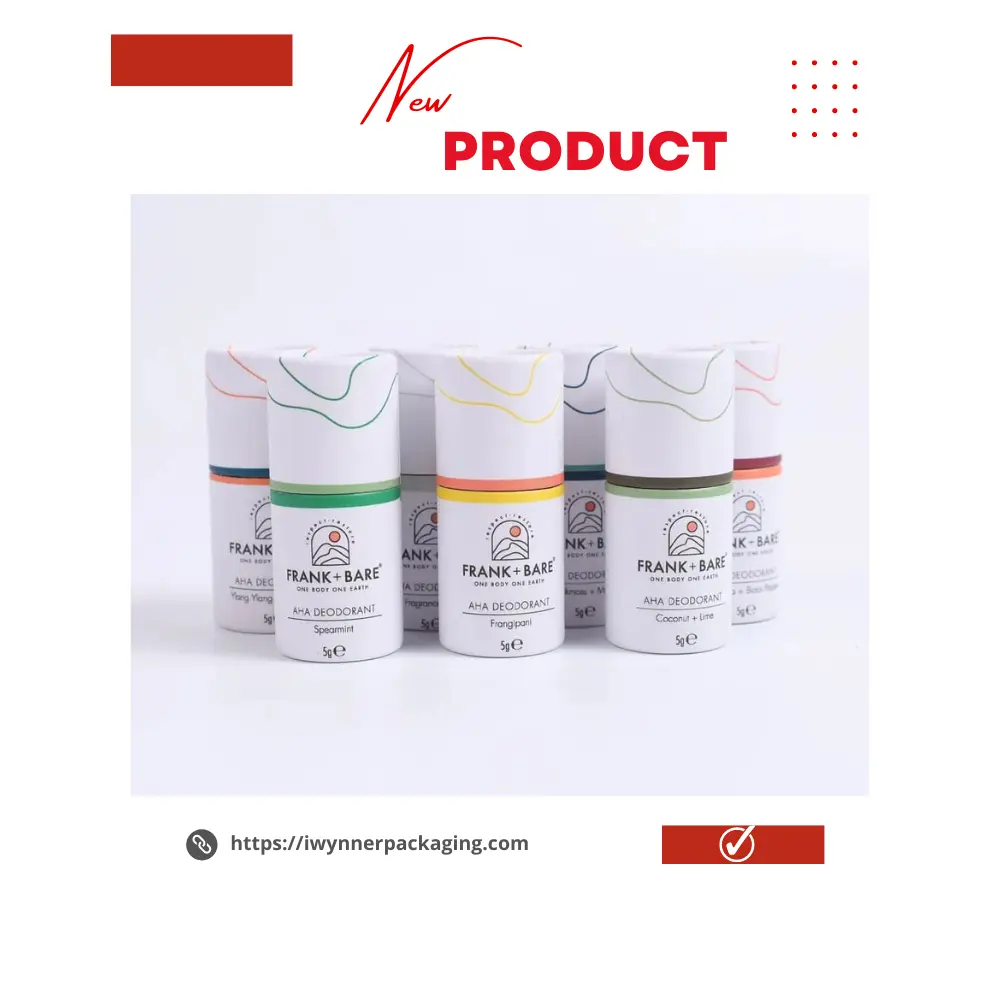
Limited customization option, and unlikely to stand out in a crowded market.
Customized Packaging: Definition: Customized packaging is packaging designed specifically for a product or a business’s unique needs and provides more personalized and specific branding and packaging that are less popular.
Pros:
Customized packaging fits the product precisely and provides unique protection during all stages of shipping and storage.
Customized packaging is an excellent way of differentiating a brand from its competitors, creating a memorable brand experience for customers.
Customized packaging may improve customer loyalty and brand perception

Cons:
Customized packaging requires a more significant investment of time and money to produce and design, making it expensive.
It may not be feasible for businesses with a smaller volume of production or lower budgets.
The cost of customization and design may get passed along to customers in the form of higher product prices
In summary, standard packaging can have its advantages in terms of accessibility, cost-saving, and reliability, but it may lack uniqueness and may not align with a business’s branding strategy. Customized packaging, on the other hand, is more expensive, but it provides a way of creating a unique and memorable brand experience for customers.

What Makes Packaging Desirable?
Packaging can be desirable for various reasons, including its function and aesthetics. Here are some factors that make packaging desirable:
- Visual Appeal: The packaging should be visually appealing and attractive to customers. Packaging with eye-catching designs, logos, and typography can help to grab the customer’s attention and create a positive brand experience.
- Unique and Memorable: Packaging that stands out from competitors and is memorable can make a product desirable. Custom packaging designs, unique shapes, or special effects such as UV coating or embossed textures can help create a premium look and feel of the packaging.
- Convenience and Functionality: Packaging that is easy to open, use, and store can be desirable for customers. Packaging that is too complicated can lead to frustration, and customers may choose an alternative product. Packaging with multiple functions such as resealable or recyclable packaging can also add to its appeal.
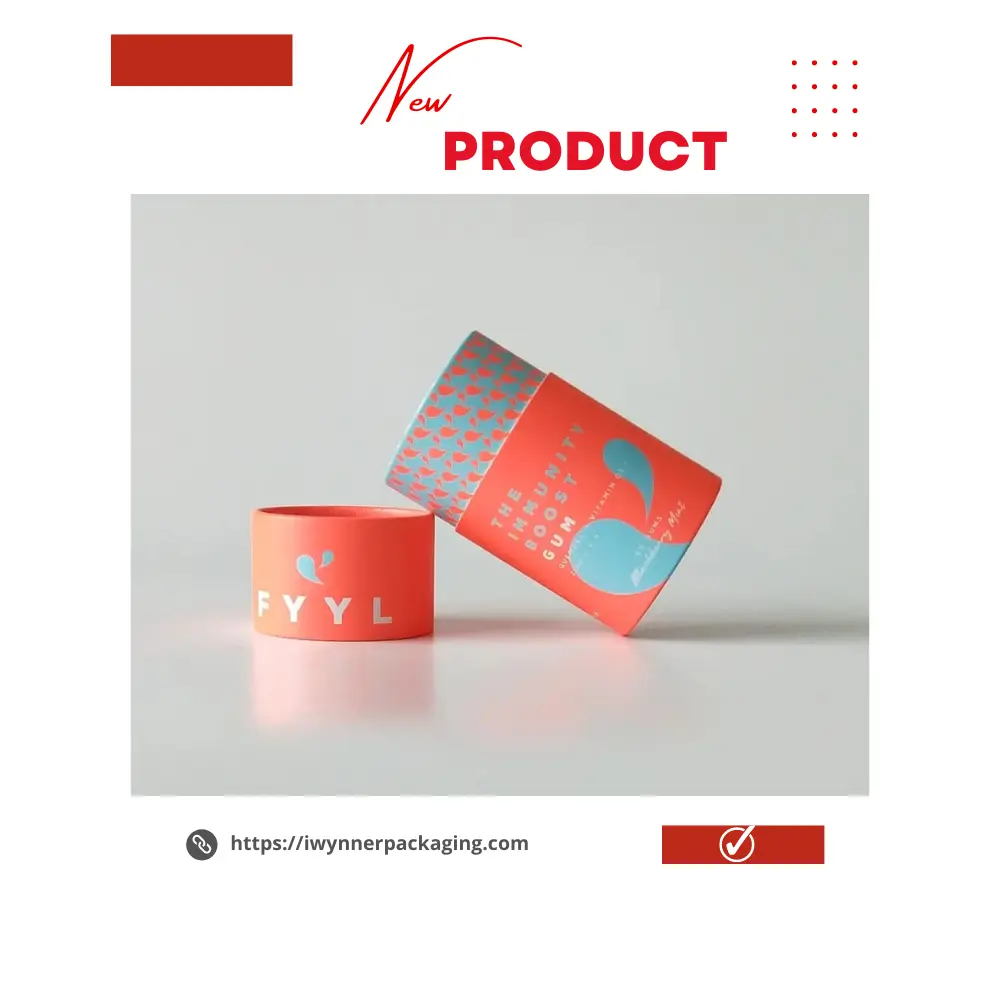
- Sustainable: Environmentally friendly packaging can also make a product desirable. Using biodegradable, compostable or recycled packaging material can be considered desirable, as it implies that a business is responsible, socially conscious and has taken eco-friendliness into account.
- Ensures Safety: Packaging that ensures the product’s safety during transportation and storage can also be desirable. Customers want to receive their products in good condition, and packaging that keeps products safe and prevents them from breaking or being damaged during transit can be an enormous selling point.
By incorporating these elements into packaging design, it can make it more attractive and desirable to customers, leading to greater customer satisfaction, increased sales, and brand loyalty.

Distinctive branding and visual identity:
An attractive and distinct brand identity can make a product and its packaging more memorable, recognizable, and desirable. Using brand colors, logos, and typography can help create a consistent and recognizable brand identity that resonates with the product’s target audience and tells the story of the brand and product.
- Clear and concise product information: Having clear and concise information about the product, including its features, benefits, and usage instructions, can not only create a positive customer experience but also make it easier for customers to decide whether the product will meet their needs.

- High-quality materials and finishes: High-quality materials and finishes can contribute to a product’s overall appeal and desirability. Using premium materials like embossed paper, high-quality cardstock, or special coatings and finishes, like foiling or UV spot printing, can create packaging with a premium look and feel that customers appreciate.
- Unique design elements: Unique design elements such as unusual shapes, additional pull-out boxes, or multiple compartments can make packaging more visually interesting and add to its distinctiveness. Using creative design elements can create excitement and anticipation about what’s inside, driving more interest and potentially more sales.
- Sustainability: Eco-friendly packaging is becoming increasingly important as people become more aware of environmental issues. Eco-friendly packaging made from renewable materials or recycled paper can make a product more attractive, especially for customers that are willing to pay more for eco-conscious brands.

In conclusion, distinct branding, clear and concise product information, high-quality materials and finishes, unique design elements and sustainability are all factors that make packaging more desirable. Paying close attention to these aspects will allow businesses to create packaging that resonates with their target audience and sets them apart from their competitors.
Conclusion
packaging plays a crucial role in the success of any business that deals with physical products. Customized packaging provides businesses with the opportunity to create a unique and attractive brand identity that can differentiate them from competitors.
Furthermore, customized packaging offers the flexibility to tailor packaging to the specific needs of products and customers, resulting in high customer satisfaction.
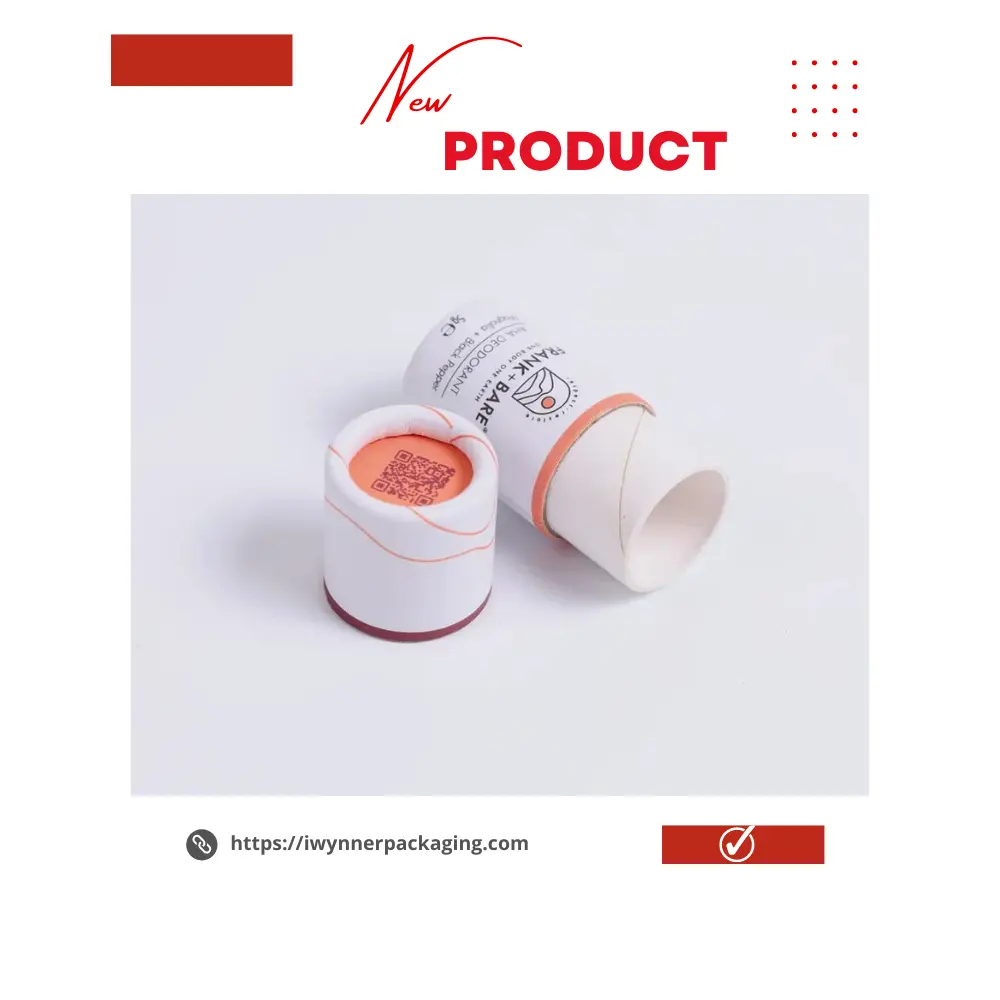
Packaging can also be desirable, with elements such as sustainable materials, unique design, and high-quality finishes contributing to its appeal.
By paying attention to these factors, businesses can create packaging that enhances their image, increases brand recognition, and contributes to their bottom line.
Ultimately, investing in customized packaging can help businesses stand out from competitors while creating positive customer experiences and building brand loyalty.


